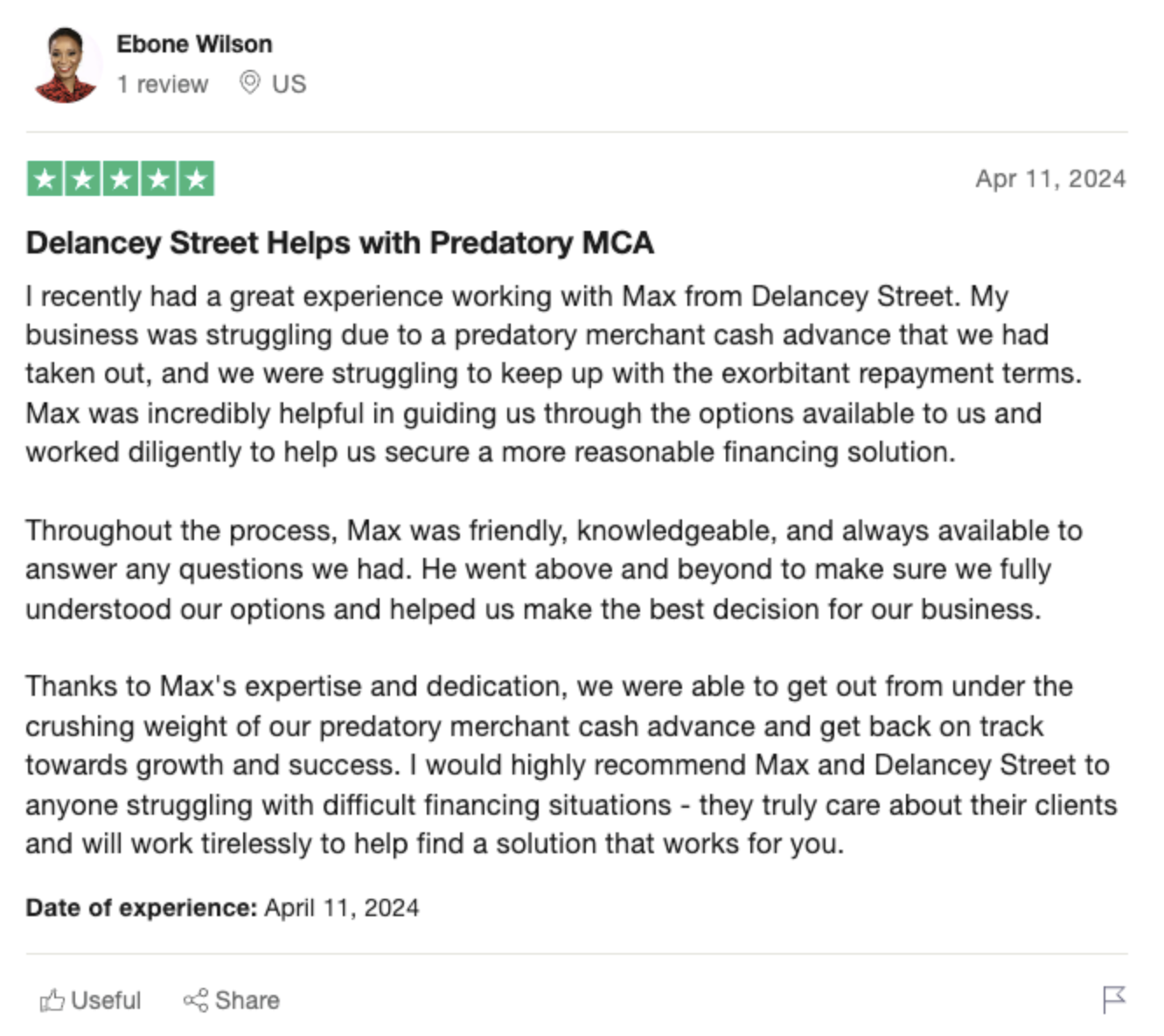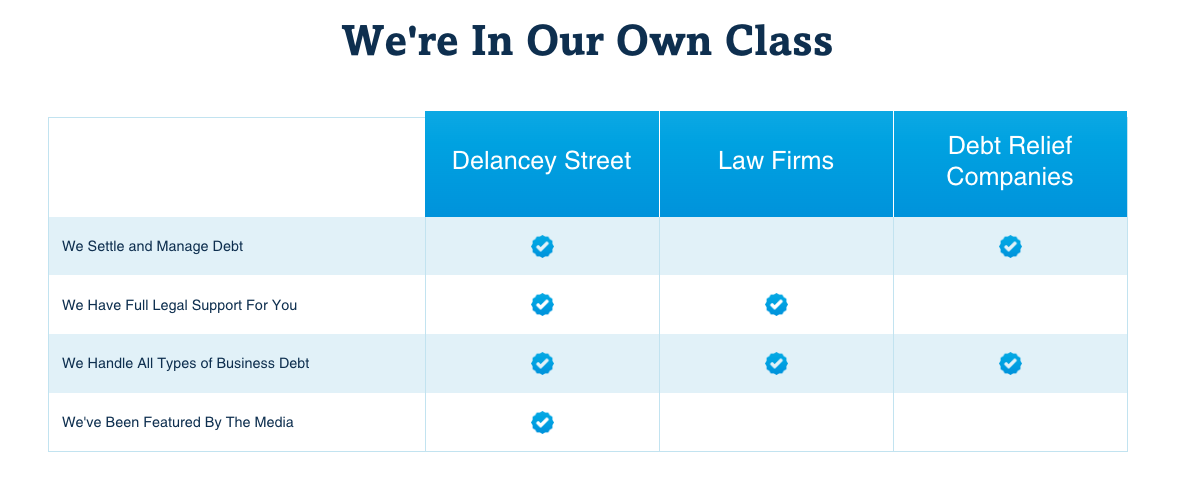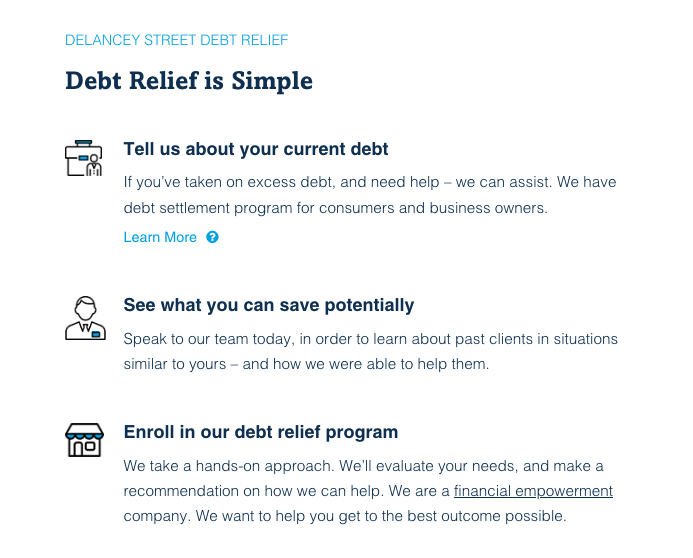Business Bankruptcy and Liquidation: Key Terms to Know
Filing for bankruptcy can be a complicated process for businesses. There are many legal terms and procedures involved that business owners may not fully understand. This article covers some of the key bankruptcy terms and concepts that businesses should know when considering liquidation or reorganization.
Chapter 7 Bankruptcy
Chapter 7 bankruptcy, also known as liquidation bankruptcy, is the most common type of bankruptcy filing for businesses. Under Chapter 7, the business stops operating and a trustee is appointed to sell off the company’s assets and distribute the proceeds to creditors[1]. The business owners lose control of the company once the bankruptcy petition is filed.
 -
-The goal of Chapter 7 bankruptcy is to use the proceeds from liquidating assets to pay off as much debt as possible. Any remaining unpaid debt is discharged, meaning the business is no longer legally required to pay it back. However, some types of debt cannot be discharged, such as taxes and fraudulently accumulated debt[2].
Once the liquidation process is complete, the business is legally dissolved. Chapter 7 bankruptcy allows the business to eliminate debt and make a fresh start, but at the cost of shutting down the company.
Chapter 11 Bankruptcy
Chapter 11 bankruptcy, also called reorganization bankruptcy, allows a business to restructure its debt and continue operating[3]. The business works with creditors to develop a court-approved reorganization plan laying out how debts will be repaid.
A major advantage of Chapter 11 is that it imposes an automatic stay, which prevents creditors from collecting on debts while the restructuring plan is negotiated. This gives the business breathing room to get back on its feet. The current management team usually stays in place unless the court appoints a trustee.
 -
-Reorganization plans can involve extending repayment deadlines, reducing interest rates, and exchanging debt for company stock. The goal is to create a repayment schedule that allows the business to return to profitability. Debt discharge is also possible in Chapter 11 bankruptcy.
Proof of Claim
Creditors must file a proof of claim to receive payouts in a bankruptcy case. This is a written statement detailing how much the business owes them and why. Creditors attach supporting documents like invoices, statements, and contracts.
The trustee reviews proofs of claim to verify debts. Creditors must file by the court-set claims bar date or risk not getting paid. Those with approved claims receive distributions from liquidated assets or under the reorganization plan.
The proof of claim also establishes the creditor’s right to vote on a reorganization plan. Higher-dollar creditors have more voting power since their claims make up a larger share of the total debt.
Preference Payments
When struggling businesses know bankruptcy is coming, they sometimes make preferential payments to certain creditors, such as family members. This ensures those creditors get paid before the bankruptcy filing.
 -
-Trustees can recover, or claw back, these preferential payments to distribute them equitably among all creditors in the case. Preferences given to insiders like relatives are especially likely to be reversed. Recovering preferences helps prevent fraud against other creditors.
Automatic Stay
One advantage of bankruptcy is the automatic stay triggered upon filing the case. This court order stops all collection activities against the business, including repossessions, foreclosures, lawsuits, and wage garnishment.
Creditors must obtain court permission before taking any further action against the business to collect on debts. This gives the business temporary relief from creditor harassment while it restructures or liquidates.
 -
-Violating the automatic stay can result in sanctions against the creditor. However, secured creditors can request the court lift the stay if their collateral is declining in value so they can repossess it.
Discharge of Debt
A primary goal of bankruptcy is discharging part or all of the business’s debts. Discharge legally eliminates the business’s obligation to pay the debt. In Chapter 7 cases, qualifying unsecured debts without collateral are discharged.
In Chapter 11 bankruptcy, the reorganization plan determines which debts are discharged. Creditors must choose whether to accept reduced payments or debt forgiveness under the plan.
Not all debts qualify for discharge, however. Taxes, alimony, fraudulently obtained funds, and student loans cannot be discharged. Lien holders with secured debts like mortgages usually maintain their right to seize collateral too.







